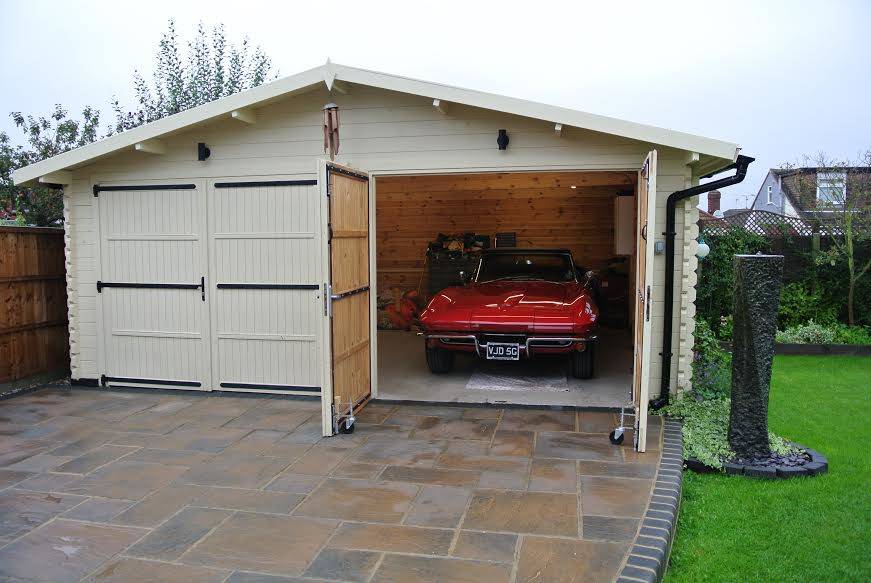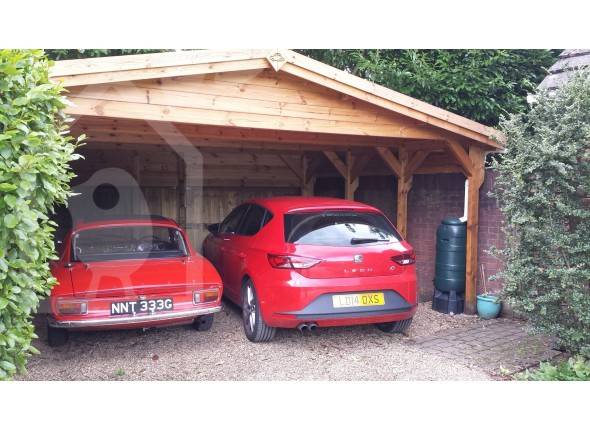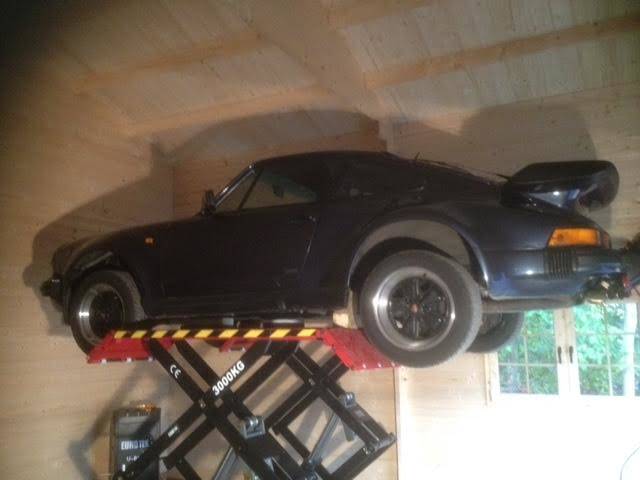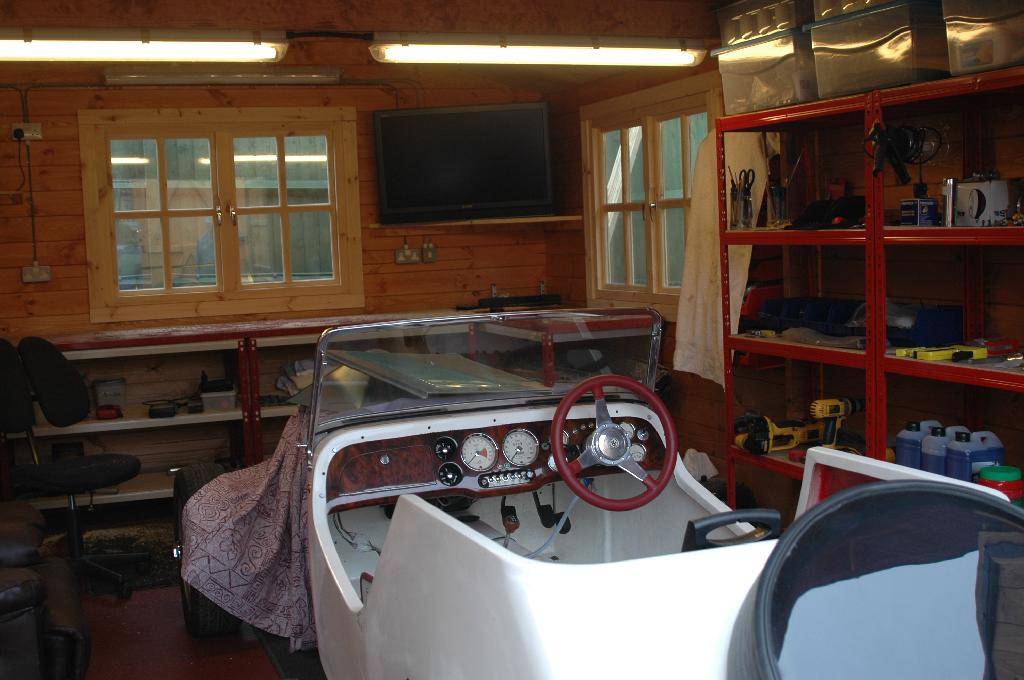Every classic car owner scrupulously maintains their beloved classic car and does everything to have their dream vehicle in as mint condition as possible. So as a rule, classic car owners not only maintain the technical and visual elements of the car, they also strive to eliminate all factors that might have a harmful effect to on their cherished vehicle. Most car owners know that it is harmful for any vehicle not to be driven for a long time, because it results in electricity related and other mechanical issues (rust etc.). Therefore, in this article we have gathered together some of the best advice on how a classic car should be stored during winter, in order for it to be in as good a condition as it was before the winter started.
Storage Location
It is very important to keep your car in a dry building. For this, a wooden garage is the best option, because unlike metal or brick, a wooden garage (thanks to the natural features of timber) allows the walls to breathe, meaning they do not hold moisture inside and helping to prevent rust, which is the worst nightmare for any classic car. 
Temperature
The best way to look after classic cars is in a temperature between 10 and 20 degrees by Celsius.
Humidity Level
When based in high humidity areas (like the UK), it is very important to ensure that the humidity level is as low as possible. In such cases, car enthusiasts often install humidity collecting equipment in to their timber garages.
Wash and Clean Before Storage
Wash and clean your classic car before storing it for winter storage, because any dirt or mud is harmful to any surface of your vehicle.
Change the Engine Oil
A common mistake is to change the oil after winter. The reason for this is because during the winter old oil ‘settles’ and therefore does not adequately protect the engine when the engine is turned over after winter. 
Fill Up the Fuel Tank
An empty or half-full fuel tank is a good place for water condensation to collect, which is detrimental to the fuel system and the car engine itself. A completely full fuel tank eliminates such a risk (you also need to add a stabilizer in the fuel so it doesn’t lose its octane level). In addition, it is recommended that all fluids that are located in the car are topped up.
Lubricate the Rubber Parts
Lubricate the rubber parts such as weather stripes and rubber hoses in order to prevent these from drying out.
Tyre Pressure
Inflate the tyres to the maximum pressure level indicated on the tyre sidewall. This simply prevents the tyres from developing flat spots.
Ventilation
It’s important to have proper ventilation, both in your garage and in the vehicle itself. Simply roll down the windows of your vehicle so the air can flow easily inside out. This will prevent rusts and mould.
Insect and Vermin Prevention
For this you could put a plastic bags on the muffler tips and over the air cleaner. This normally works fine. 
Remove the Battery
Take the battery out and keep it in dry and warm place. By doing this you can be sure that you will easily start your classic car engine in spring.
Car Cover
Put a high quality special breathable car cover on your classic vehicle. This will protect it from dust and other dangerous factors (scratches etc.).
Don’t Start it Until Spring
There is a common practice of starting the car during winter in order to allow the engine to turn over. In actual fact, according to engineers this does more harm than good, because just turning over after a cold-start means the engine parts are not lubricated properly. Also, 10 minutes of the engine turning over does not eliminate the condensation completely. So we recommend leaving it as it is.











